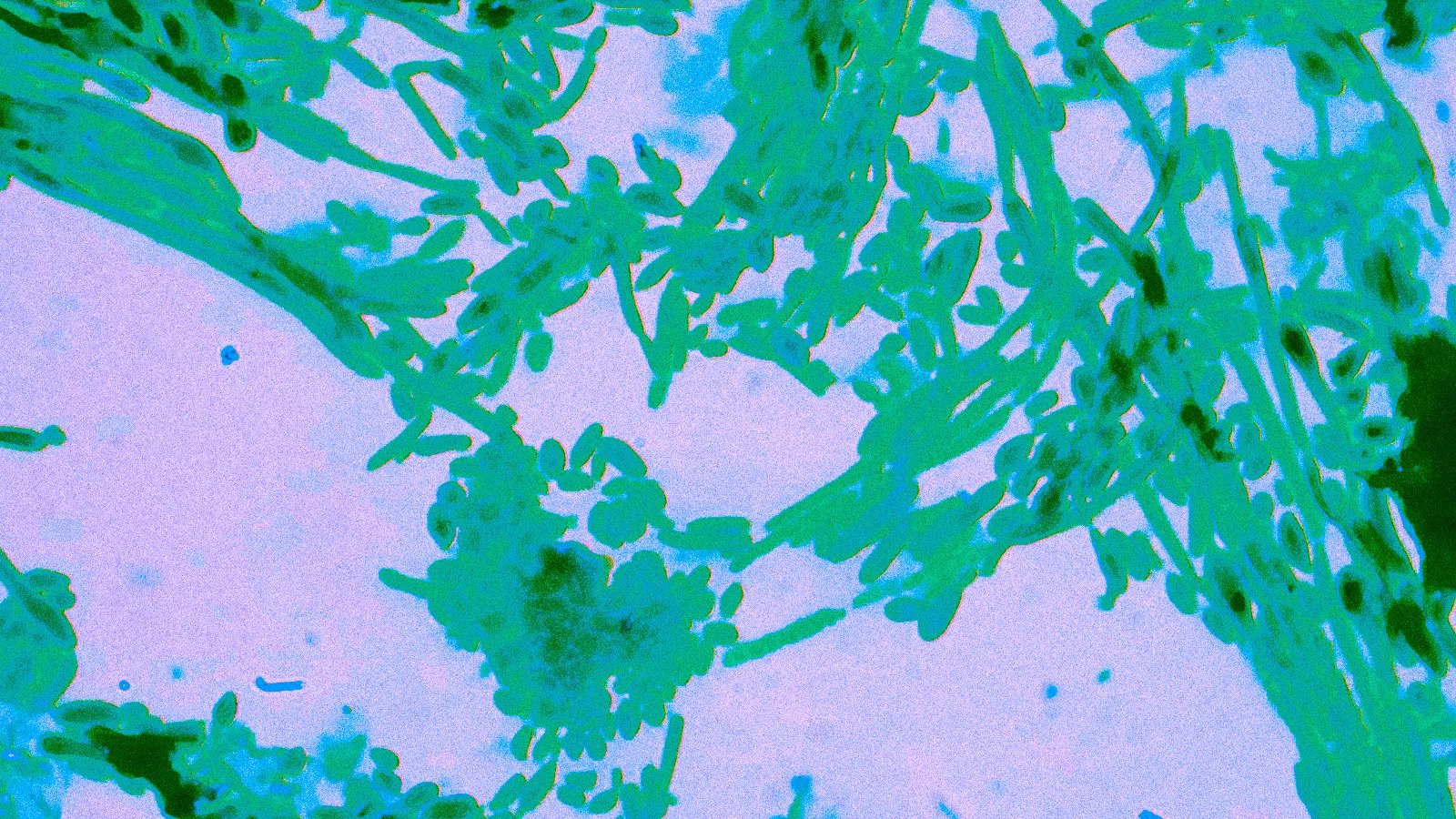Candida dubliniensis Infection - Symptoms, Complication, Testing and Treatment
2015
Gardnerella vaginallis, a bacteria causing bacterial vaginosis, can be transmitted to men, often without symptoms, requiring no treatment.

Add us on Line and stay in touch.